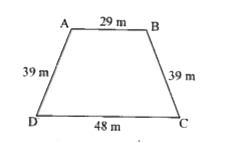An increase in perimeter of a figure always increases the area of the figure.
To determine whether an increase in the perimeter of a figure always leads to an increase in the area of the figure, we can analyze this statement using a specific example, such as a square.
1. Define the Figure: Let's consider a square. A square has four equal sides.
2. Assign a Variable: Let the length of each side of the square be represented by a cm.
3. Calculate the Perimeter: The formula for the perimeter P of a square is given by:
P=4×(length of one side)=4a
4. Calculate the Area: The formula for the area A of a square is given by:
A=(length of one side)2=a2
5. Choose Initial Value for Side Length: Let's assume the initial value of a=1 cm.
- Perimeter when a=1:
P=4×1=4 cm
- Area when a=1:
A=12=1 cm2
6. Increase the Side Length: Now, let’s increase the side length to a=2 cm.
- Perimeter when a=2:
P=4×2=8 cm
- Area when a=2:
A=22=4 cm2
7. Compare the Results:
- When the side length increased from 1 cm to 2 cm, the perimeter increased from 4 cm to 8 cm.
- The area increased from 1 cm² to 4 cm².
8. Conclusion: In this specific case, an increase in the perimeter (from 4 cm to 8 cm) resulted in an increase in the area (from 1 cm² to 4 cm²). However, this does not prove that the statement is always true for all shapes.
P=4×(length of one side)=4a
A=(length of one side)2=a2
- Perimeter when a=1:
P=4×1=4 cm
- Area when a=1:
A=12=1 cm2
- Perimeter when a=2:
P=4×2=8 cm
- Area when a=2:
A=22=4 cm2
- When the side length increased from 1 cm to 2 cm, the perimeter increased from 4 cm to 8 cm.
- The area increased from 1 cm² to 4 cm².
Similar Questions
Knowledge Check
- Question 1 - Select One
The given figure is made up of 10 squares of the same size. The perimeter of the figure is 80 cm. Find the area of the figure.
 A250cm2B150cm2C280cm2D190cm2
A250cm2B150cm2C280cm2D190cm2 - Question 2 - Select One
If radius of circle is 7 cm, then the perimeter of the figure and area shaded portion of the given figure respectively is
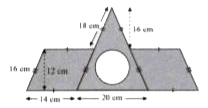 A144 cm, 462 cm2B156 cm, 462 cm2C122 cm, 294 cm2D144 cm, 394 cm2
A144 cm, 462 cm2B156 cm, 462 cm2C122 cm, 294 cm2D144 cm, 394 cm2
Find the perimeter of the given figure
View SolutionThe perimeter of the given figure is :
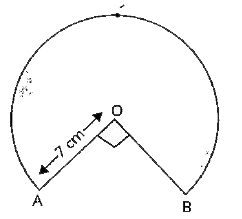 View Solution
View SolutionIn the given figure, APB and AQO are semicircles and AO=OB. If the perimeter of the figures is 40cm, find the area of the shaded region.
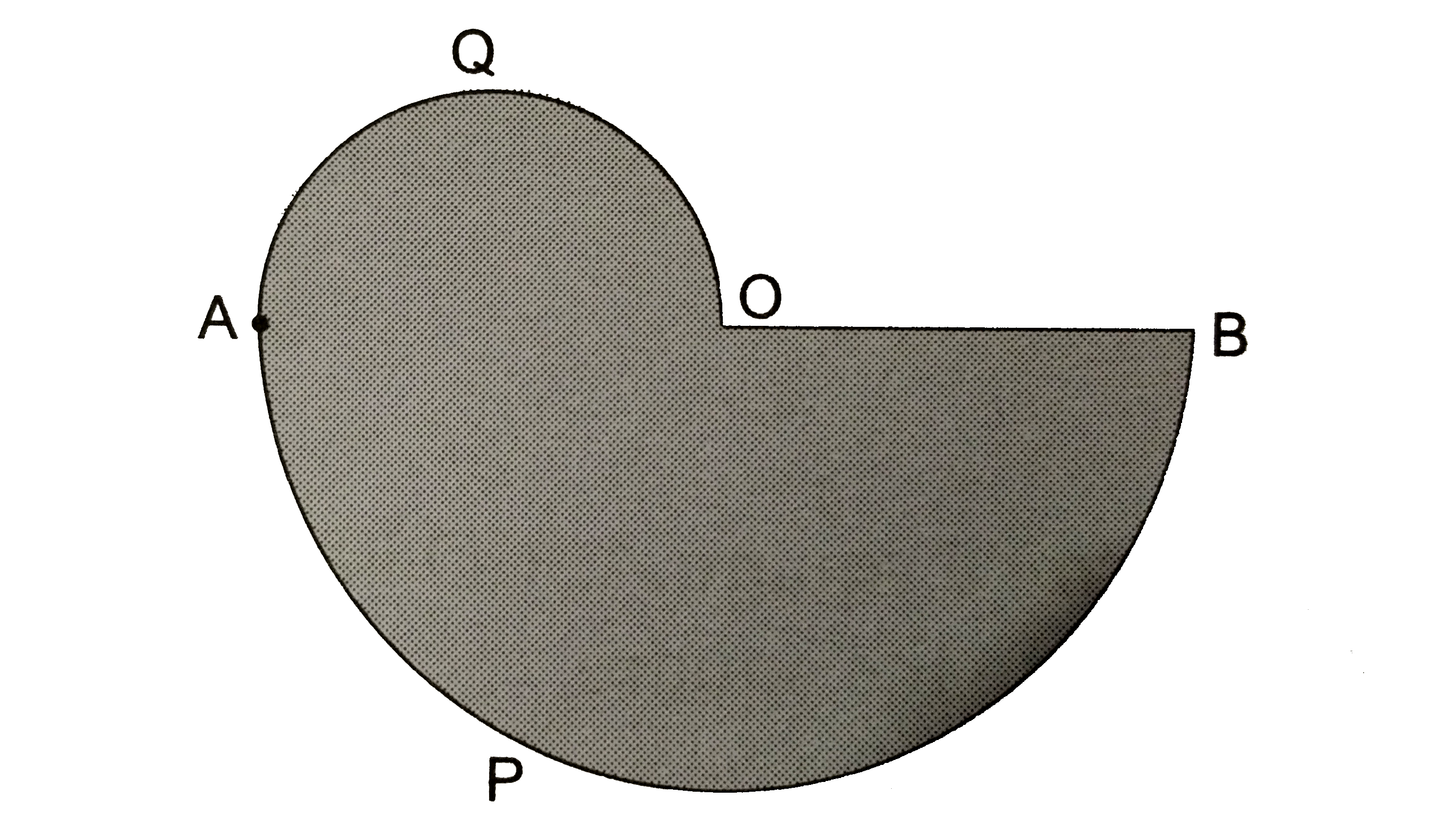 View Solution
View SolutionIn figure ,APB and AQO semicircle , and AO = OB . If the perimeter of the figure is 40 cm , find the area of the shaded region .
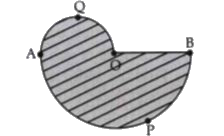 View Solution
View SolutionFind the perimeter of the given figure.
 View Solution
View SolutionFind the perimeter of the given figure.
 View Solution
View Solution


